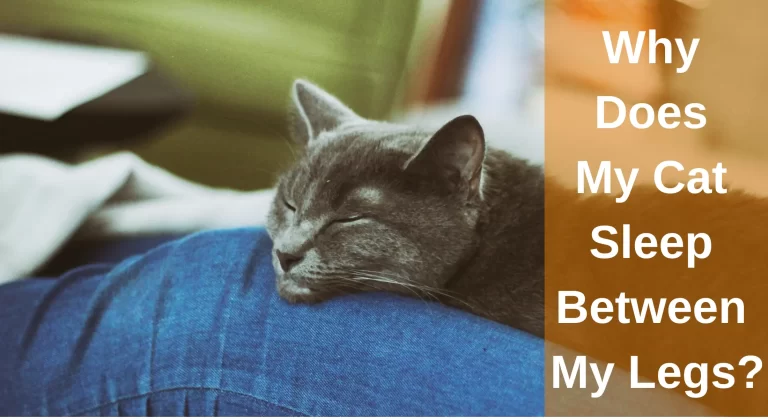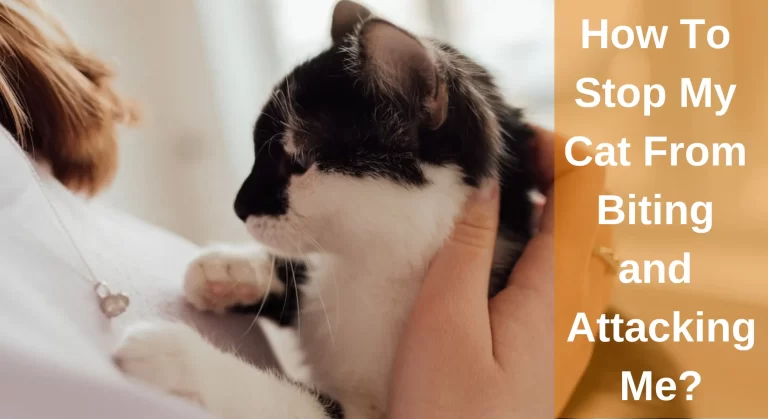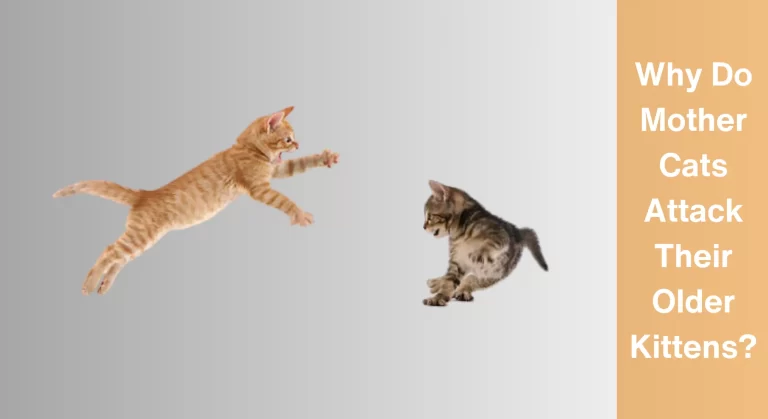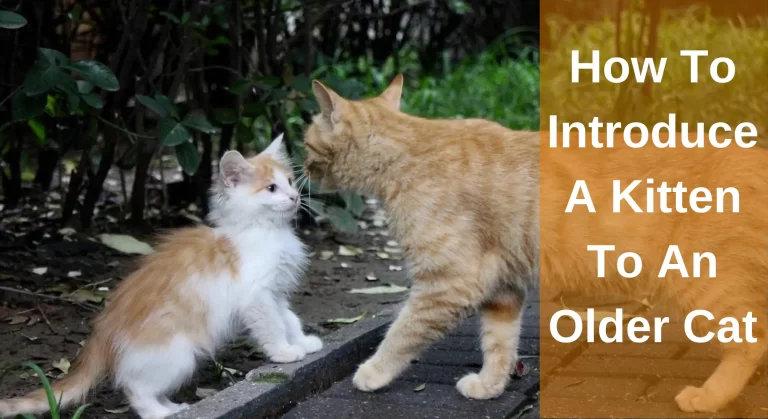Why Do Cats Chase Their Tail? Things You Need to Know
Cats are fascinating creatures that never fail to surprise us with their playful antics. One such behavior that is both amusing and perplexing is when cats chase their own tails. This is a common sight that most cat owners would have witnessed at least once in their lifetime. But what is the reason behind this behavior? Why do cats chase their tails?
Cats chase their tails for a variety of reasons, including playfulness, boredom, and medical problems. Kittens often chase their tails as a form of play, while adult cats may chase their tails if they are bored or have a medical condition such as fleas, allergies, or a skin infection. While tail-chasing is typically harmless, excessive or obsessive tail-chasing may indicate underlying issues and should be monitored to ensure the cat’s well-being.
This article aims to shed some light on this feline quirk and explore the reasons behind this peculiar habit, its potential benefits, and whether it’s a cause for concern.
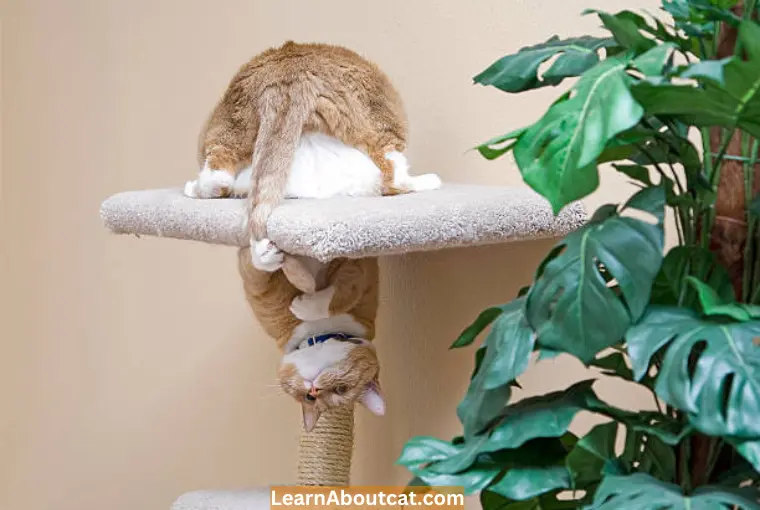
What is Tail Chasing?
Tail chasing is a behavior in which a cat will chase its tail in circles. This behavior can last for a few seconds or several minutes, depending on the cat’s mood and level of stimulation. While this behavior may seem harmless, it can sometimes lead to injuries, especially if the cat becomes overly excited or aggressive.
Reasons Why Do Cats Chase Their Tail
Cats are curious creatures that are known for their playful nature. Watching a cat play and explore its surroundings is an absolute delight. One of the most common and amusing behaviors that cats display is when they chase their own tails.
Various types of cats, regardless of breed, size, and age, have been observed to exhibit this behavior. Several factors contribute to cats chasing their tails, but here are some of the most common ones:
1. Source of Entertainment
For some playful cats, their tail is a natural toy. It’s challenging never to be bored when your tail is constantly moving.
Tails are the ideal snake-like creature for young kittens to jump on since they love to jump on anything that moves. The majority of the cats may like amusing themselves by chasing their tails.
2. Allergies
A cat’s allergies are very similar to that of a human, causing itching and discomfort. Some environmental or food allergies can result in dryness and irritation in your cat’s tail and other areas. This may cause cats to go around in circles as they look for a cunning way to scratch their itch.
Most of the time, allergies don’t only make you itchy all over. Other signs include ongoing ear infections, skin rashes, and generalized itching.
3. Fleas
One reason why your cat might be chasing its tail is that it has fleas. The flea is a parasite that feeds on your cat’s blood and causes itchiness and irritation.
When you believe your cat is attempting to grab its tail, it may instead be trying to scratch deeply on its back, where the tail joins the body to relieve the itchiness caused by fleas.
Other obvious signs of fleas’ existence, such as bite marks on your cat’s skin, are also possible. The sooner you treat your cat for fleas, the better chance it has of preventing a larger infestation.
4. Infection
Another annoyance that could make your cat extra attentive to their tail is an infection. One of the various sources of infections is the anal glands, which are located directly inside the rectum.
Infections can cause cats to engage in tail chasing. If your cat has an infection or injury on its tail, it may chase its tail as a way to alleviate the discomfort or pain.
They can also be the consequence of an infection that develops later on from a scrape or tail damage. In some cases, tail chasing may also be a sign of other health issues, such as arthritis or neurological problems.
It’s important to have your cat’s tail examined by a veterinarian to determine the cause of the infection and provide appropriate treatment.
5. Tail illness
Another name for this illness primarily affecting healthy male cats is supra-caudal gland infection. The oils required to preserve the smoothness of your cat’s fur are produced by sebaceous glands.
The hair may mat and develop an itchy, crusty buildup at the base of the tail as a result of a waxy buildup brought on by an overabundance of these oils. If the condition is severe enough, an infection could occur.
6. To Reduce Stress or Anxiety
A cat’s tail-chasing behavior can also be triggered by stress and anxiety. If your cat is anxious or stressed, it may turn to tail chasing to release tension or cope with the stress.
This behavior may also be a sign of other anxiety-related behaviors, such as excessive grooming, overeating, or hiding.
If your cat is tail chasing excessively or seems to be doing it more frequently than usual, it’s important to consider whether any underlying stressors could be contributing to the behavior.
You can do several things to help your cat relax if it has been stressed out due to anything, like changing homes.
7. Syndrome of Hyperesthesia
Hyperesthesia syndrome is a neurological disorder that affects cats, causing them to experience sudden bursts of energy and overstimulation.
Cats with hyperesthesia syndrome may chase their tails as a way to release the excess energy or to cope with the over-stimulation.
Additionally, cats that have this illness could go through episodes similar to panic attacks in which they frantically run around for 20 to 30 seconds before going back to sleep as if nothing had happened.
8. Stud Tail
Stud tail is a condition that affects male cats and is caused by an overproduction of oils in the skin. This condition can cause greasy patches on your cat’s tail, which may be itchy and uncomfortable.
Cats with stud tails may chase their tails to relieve the itchiness or as a way to clean or groom themselves, which can lead to excessive tail chasing.
9. Curiosity
Cats are curious creatures by nature, and tail chasing may be a way for cats to explore and investigate their own bodies.
This behavior may be more common in younger cats still learning about their anatomy and capabilities.
10. Boredom and Lack of Stimulation
The cat is an intelligent animal that requires mental and physical stimulation in order to stay healthy and satisfied.
As a way to entertain themselves, cats may chase their tails when bored or lacking stimulation. Having your cat act this way can indicate that it needs more playtime or interactive toys.
11. Hunting Instincts
The instincts of cats to find prey are well-tuned, and they are natural hunters. When a cat sees its tail moving, it may trigger its hunting instincts, causing it to chase its tail.
This behavior can be seen in highly stimulated or excited cats, such as when they see birds or small animals outside.
12. To Relieve Pain
When your cat is in pain, it will probably concentrate its attention on the region that is bothering it. This might be done by biting, scratching, or licking. In rare circumstances, your cat may appear to be chasing its tail yet actually be in discomfort due to some trauma, injury etc.
13. Age
Finally, age may also be a factor in tail-chasing behavior. Younger cats may engage in tail chasing more frequently as a way to explore and play, while older cats may do it less often or not at all.
Nevertheless, chasing a tail suddenly in an older cat may be a sign of an underlying medical condition or behavioral problem.
Also, Check Out: Why Do Cats Thump Their Tails When Lying Down?
Is it Normal for a Cat to Chase its Tail?
Depending on the situation, it might be quite natural for a cat to chase its own tail. Tail chasing occurs more frequently in certain cats than others, especially in very active or bored cats, after spending the day alone.
Compared to adults, kittens are more inclined to pursue their tails. A cat is more likely to continue tail-chasing as an adult if it did it as a kitten.

Why Do a Cat Chase Other Cat’s Tails?
When your cat chases the tail of another cat, especially one it lives with, it might be problematic since it isn’t always your cat that is the problem. Focusing on how the chase is performed in this instance once again is critical.
Watch how your cat is behaving. If the cats act aggressively, it may be best to separate them.
If the cats are being playful, try drawing their focus to other toys or playthings. At the same time, it could be fun to pursue another cat’s tail, doing so playfully could cause harm to that cat.
For playing from a distance, a laser pointer may be better suitable. If your cat is bored at home alone all day and is chasing its tail, an interactive toy will satisfy its need to do so without endangering its own health. Playing with toys that mimic cat or snake tails is not recommended.
When To Be Concerned About a Cat Chasing Their Own Tail
Tail chasing is a normal behavior in cats and is usually nothing to be concerned about. However, there are some cases where tail chasing can become a cause for concern.
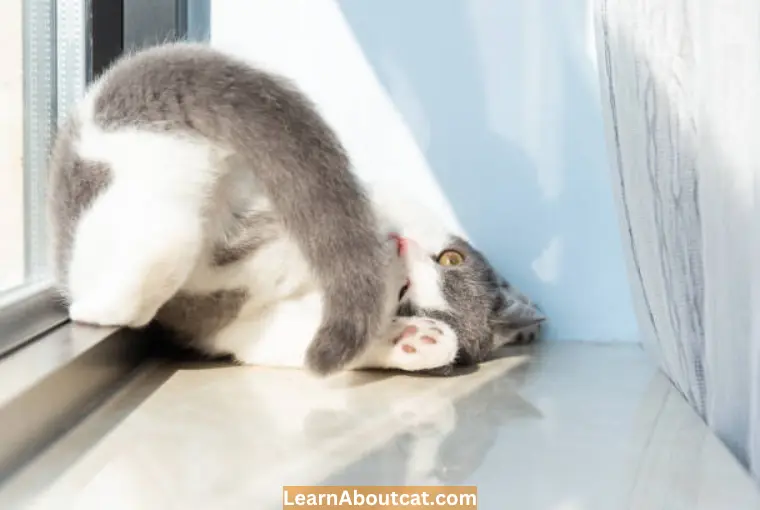
1. Excessive Tail Chasing
While tail chasing is generally harmless, it can become a concern if it becomes excessive. A constant pursuit of their tail may indicate an underlying issue that needs to be addressed if your cat seems unable to stop.
2. Aggressive Behavior
Tail chasing can also be a sign of aggressive behavior in some cases. If your cat is growling, hissing, or lashing out while chasing their tail, it could be a sign of aggression. It could be a symptom of anxiety or stress or a sign of underlying health issues.
3. Injury or Pain
If your cat suddenly starts chasing their tail excessively, it could be a sign of injury or pain. When cats chase their tails, they may attempt to alleviate discomfort or pain, so it is important to rule out any underlying health issues.
How to Prevent Tail Chasing in Cats
If your cat is chasing its tail excessively or obsessively, there are several things you can do to try to stop the behavior:
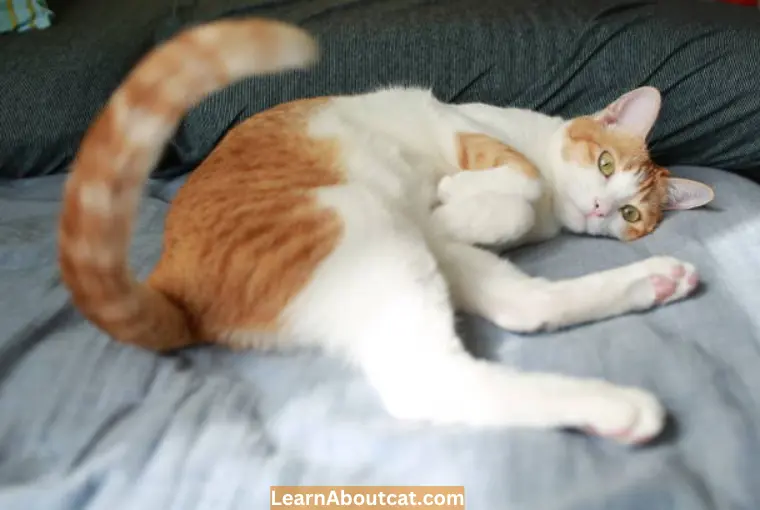
1. Provide Plenty of Playtime and Mental Stimulation
One of the best ways to prevent tail chasing is to provide your cat with plenty of playtimes and mental stimulation.
Provide your cat with plenty of interactive toys to engage them in interactive play sessions. They will be able to burn off excess energy this way and will also be able to keep themselves entertained.
2. Create a Calming Environment
If your cat is tail chasing due to stress or anxiety, it’s important to create a calming environment for them.
This could include providing them with a quiet, safe space where they can retreat when they feel anxious and using pheromone sprays or diffusers to help calm them down.
3. Consult with Your Veterinarian
If you’re concerned about your cat’s tail-chasing behavior, the best thing you can do is consult your veterinarian. If the behavior is related to underlying medical issues, they can help rule them out.
Frequently Asked Questions
Is it safe for my cat to chase its tail?
In most cases, tail chasing is a harmless behavior for cats. However, if your cat is exhibiting other unusual behaviors or if you are concerned about your cat’s health, it is important to take your cat to the vet for a check-up.
Do cats know their tail is theirs?
Cats are very aware that their tails belong to them; the tail is an extension of their spine and is regulated by a complex network of muscles, tendons, and nerves.
The behavior of chasing their tail is usually observed in young kittens when the motion of their tail stimulates them.
Why do cats swat you with their tails?
When a cat swats you with its tail, it’s often a sign of annoyance or agitation. It’s a way for them to communicate their mood. Understanding their body language can help you respond appropriately to their needs.
Final Thoughts!
Tail chasing is a common behavior in cats and can be a form of play, exercise, or a response to instinctual behaviors. In many cases, it’s a harmless and natural activity. However, if your cat excessively chases its tail or displays aggressive behavior during this action, it’s crucial to investigate potential underlying medical or behavioral issues that may require attention.
Who is Isabella?
My name is Isabella, and I am a dedicated and knowledgeable cat enthusiast. With years of experience caring for cats and a deep love for felines, I made a mission to help other cat lovers navigate the challenges of cat ownership.

